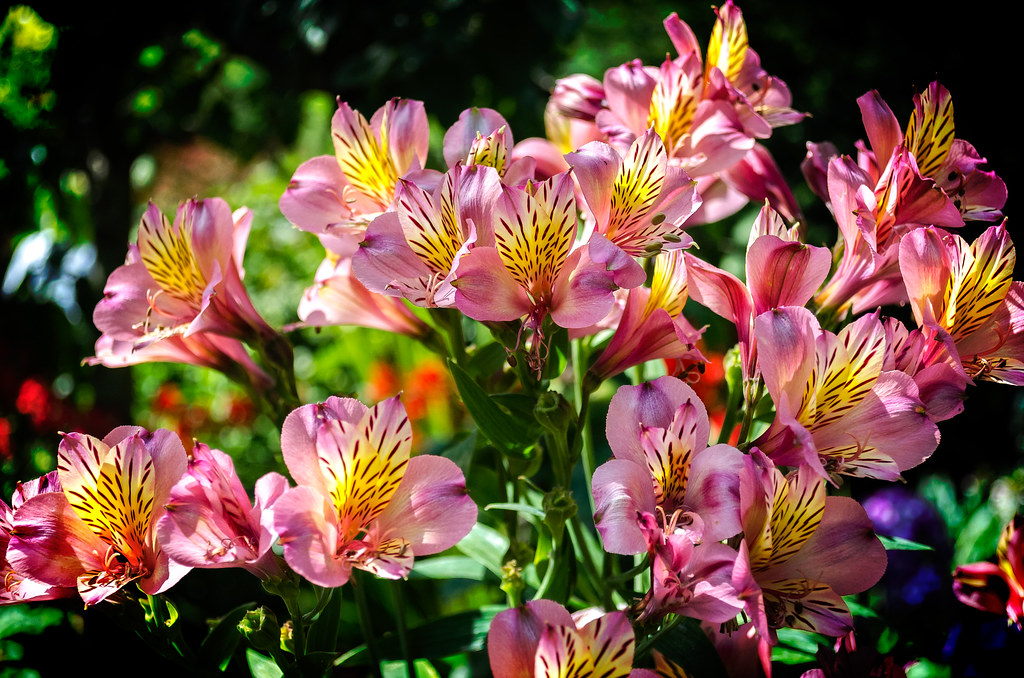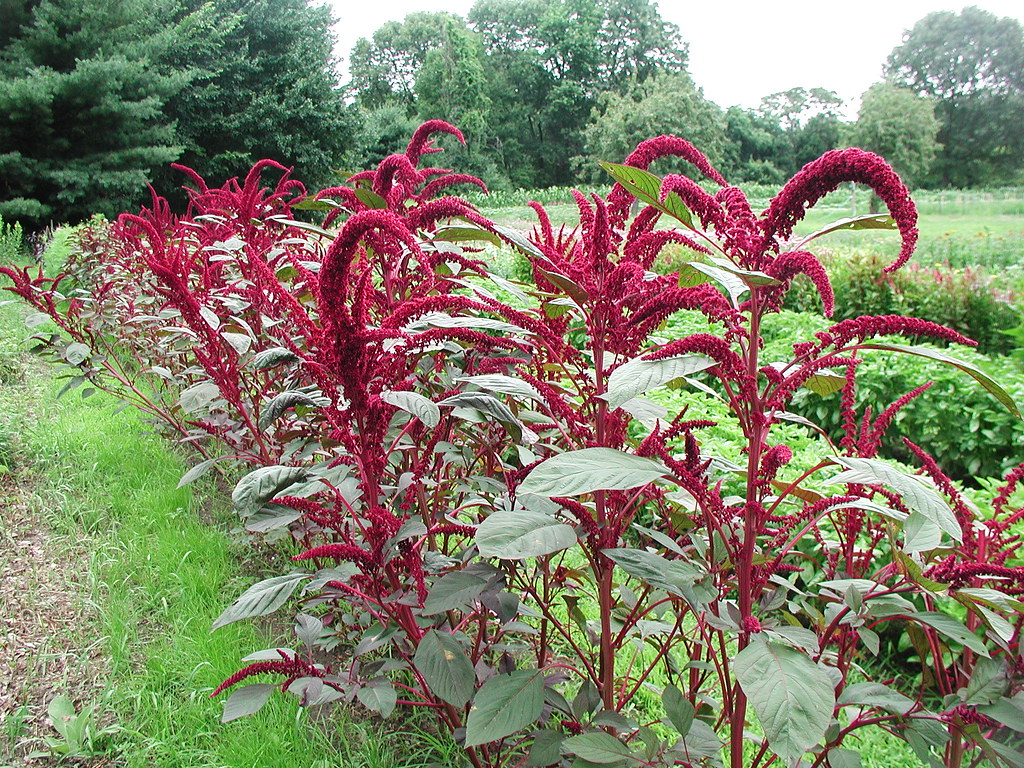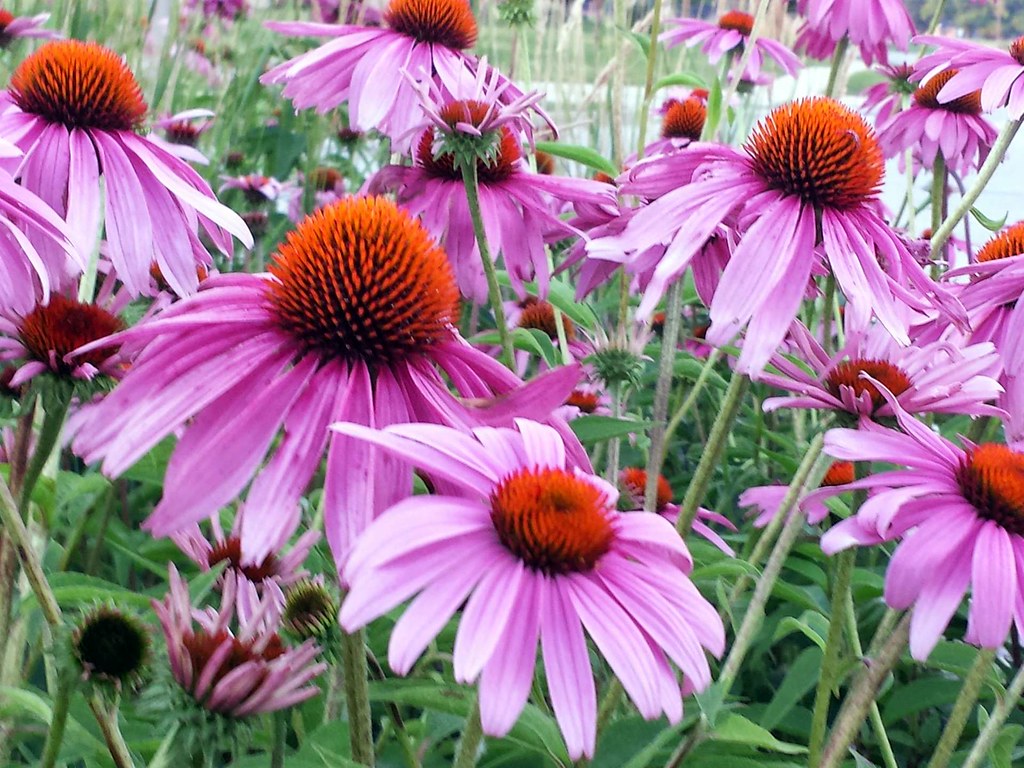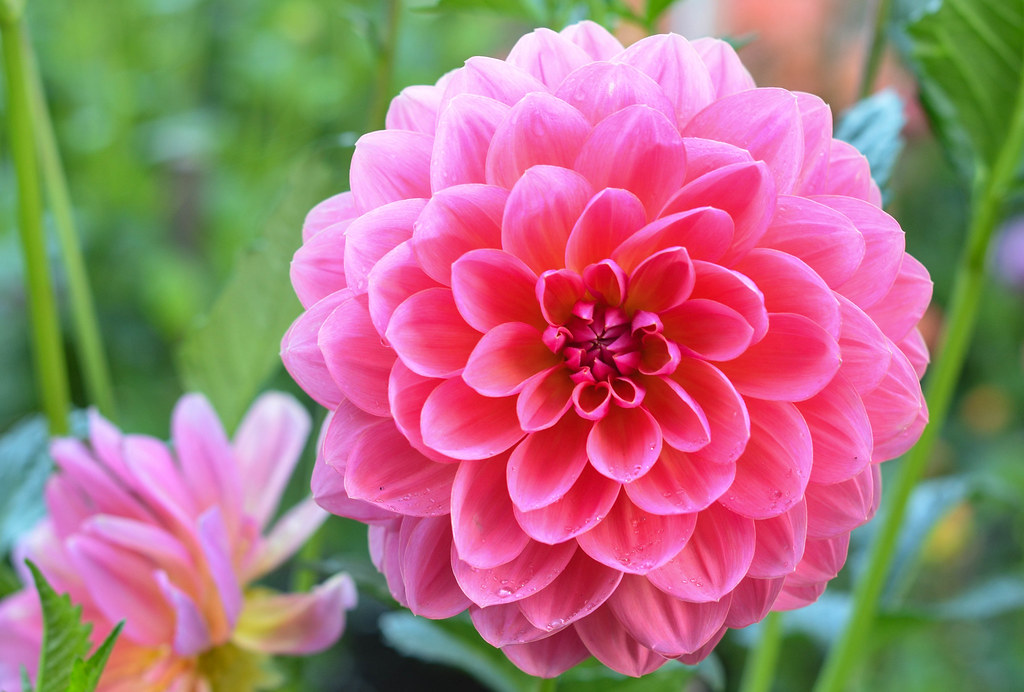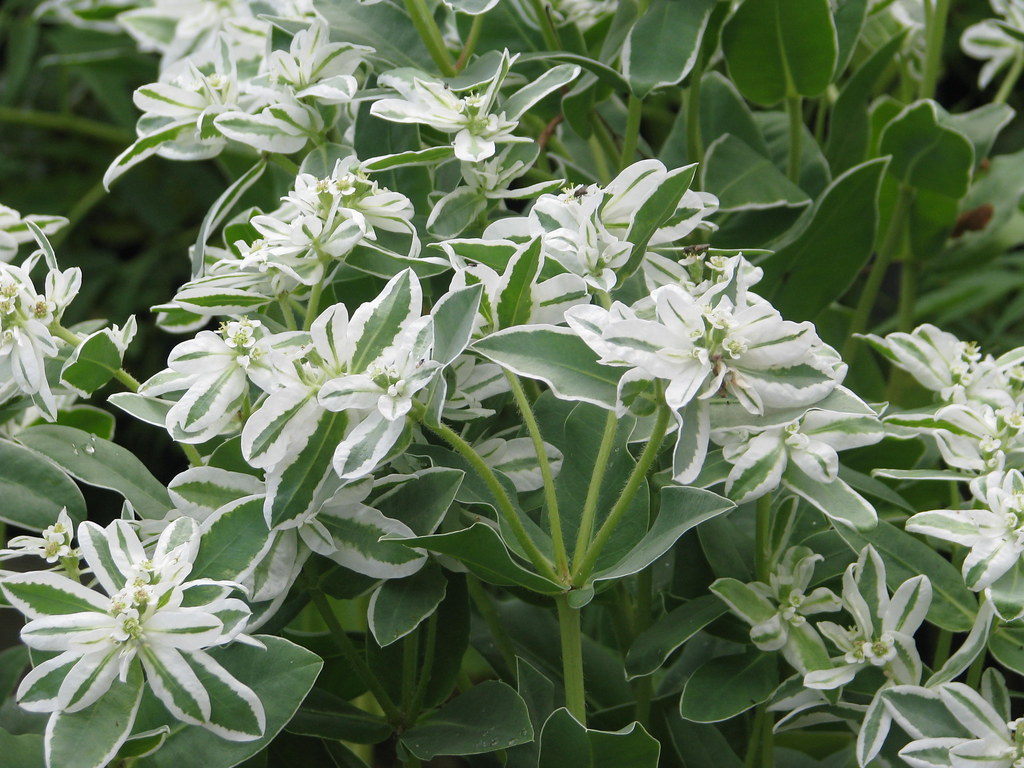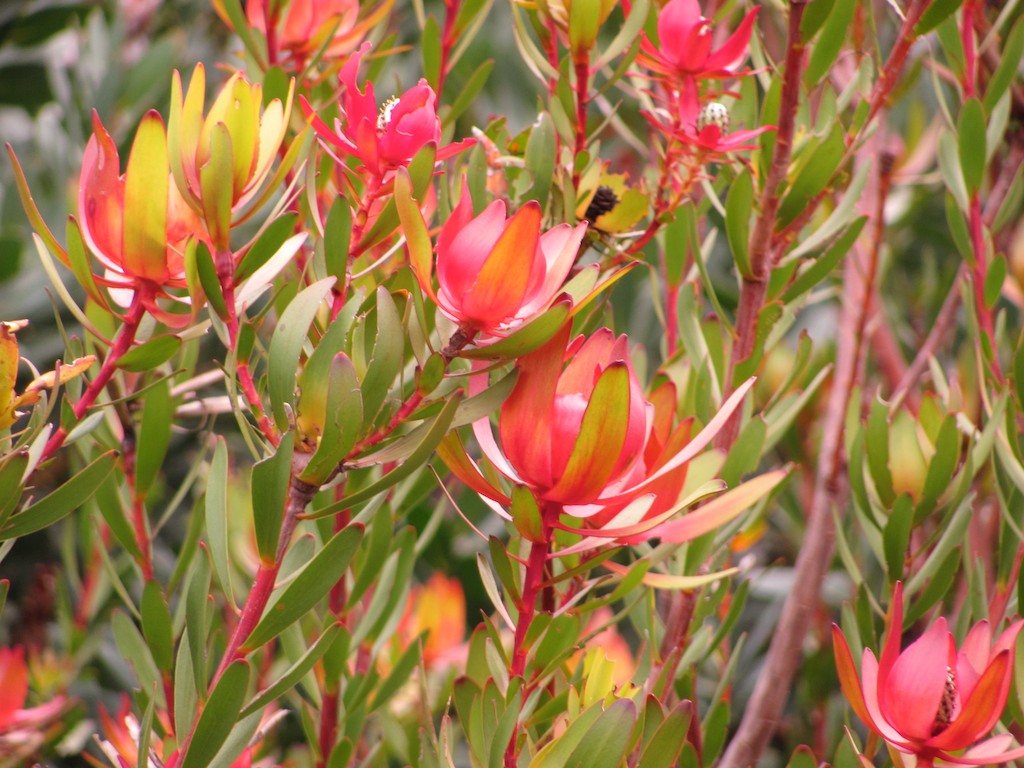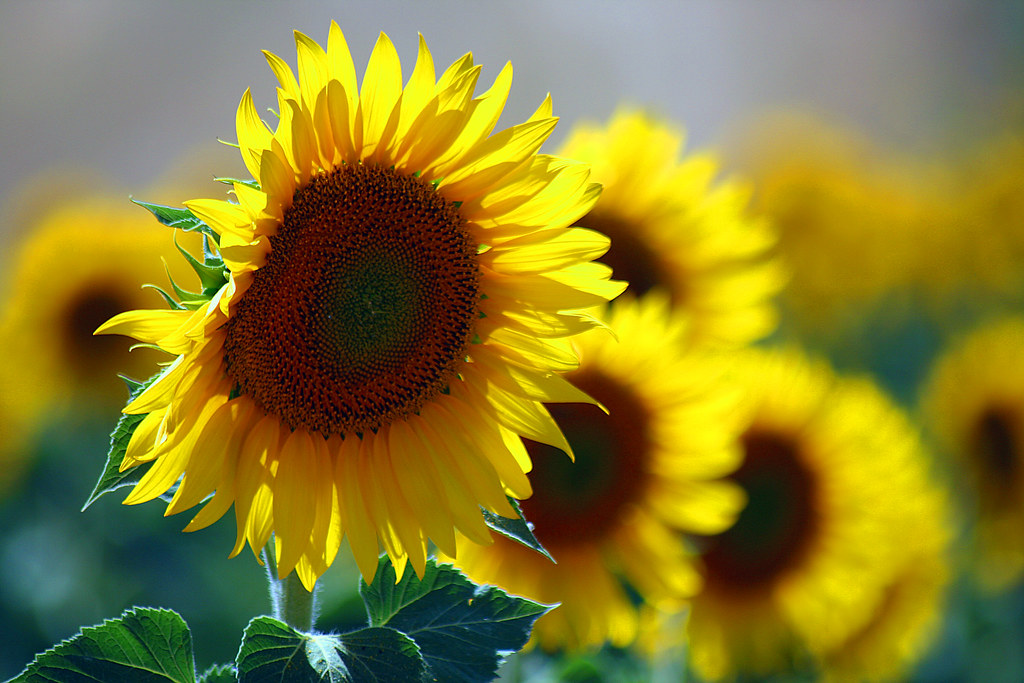How To Grow A Cutting Garden {Guide}

Forget the florist and fill your house with beautiful flowers and foliage sourced from the garden. Yes, it’s possible, but the funny thing is that many gardeners are reluctant to cut, remove or even “rob” their flower beds because it means there is one less bloom adding color and beauty to the yard.
This is exactly why many gardeners plant dedicated cutting gardens—a guiltless place to source flowers for the home. However, much of the same advice and suggestions regarding best flowers for a cutting garden around the yard apply to those who prefer to integrate designated blooms for cutting around the yard.
Cutting Garden Considerations
Flowers chosen for a cutting garden need to grow well in Southern California gardens, last decently long in a vase, add color and lean toward drought-tolerant. And, it’s not necessary to limit plants to only flowers as grasses, ferns, small palm trees and even succulents look spectacular in arrangements, too.
You will need to replant more often in a cutting garden then perhaps the rest of your yard, so keep this in mind when planning. Also, be mindful of fertilization needs as giving plants a boost late in the season may encourage more blooms toward the end of the growing cycle when flowers would otherwise be sparse or lackluster.
Best Plants for a Cutting Garden
The plants on this list are mostly flowers but will grow well in Southern California gardens.
Alstroemeria (Peruvian Lily)
If you’ve ever purchased Alstroemeria, often easy to find inexpensively at local grocery stores, you probably know that they can last for up to three weeks in a vase.
These hearty flowers come in a variety of colors ranging from orange to deep pinks. In the garden, they grow a bit busy to 1-4″ tall and wide.
Amaranth
For a really unique flower arrangements, chose amaranth as a cutting garden plant. While the flower seeds can be harvested and dried into the super grain so popular in healthy dishes these days, their cascading nature means they often add visual interest as they drape over the sides of flower bouquets and vases. Amaranth flowers come in shades of red and green. Many florists simply mix and match a few different types of amaranth in a vase and call it a day.
Purple Coneflowers
Purple coneflowers are perennials that typically bloom from summer to fall but their big daisy-like appearance makes them popular choices for cut flowers. Yes, it’s echinacea and originates from the North American prairie. It’s very easy to grow, doesn’t require much watering and is fairly maintenance free. They are naturally short-lived plants and newer varieties rarely set seed after their growing season is done. You’ll need to plant new coneflowers annually. Purple tends to be the most popular and showy, but a variety of colors and sizes are available.
Cosmos
The benefit to growing cosmos in the yard is that the flowers grow on long stems that are perfect for large vases or tall arrangements. It’s cheapest to grow them from seed but they’re not very expensive to buy in a pot. Cosmos like the sunshine and are champs in poor soil. Pests and diseases tend to stay away from them and gardeners can harvest the flowers as soon as they start to bloom without affecting future blooms.
Dahlias
Early summer is when dahlia plants of all shapes and sizes begin to show up in San Diego nurseries, however, instead of paying $30 or more for a 5 gallon container (it’s tough to find them for sale in sizes smaller than that) you could plant tubers as soon as they become available for sale, typically late winter/early spring. Large dahlia plants need staking as they grow and typically will need to be cut to the ground after the plant is spent. It’s best to remove the tubers from the ground for storage but some Southern California gardeners report success with leaving tubers in the ground for the next growing season.
Euphorbia
The Euphorbia family of plants is quite large and its drought-tolerant characteristic in addition to brilliant flowers and foliage makes it an excellent addition to San Diego gardens. In a cutting garden, choose it for vase filler in arrangements where leaf interest and space needs to be filled. Euphorbia comes in a variety of shapes and sizes as its the sixth largest plant group in the world. Euphorbia characias wulfenii and Euphorbia rigida are very popular choices for flower gardens.
Leucadendron
If you have space for a big, bushy leucadendron in the cutting garden or elsewhere in the yard, plant one. The red and green foliage with buds on top is actually quite expensive to purchase at a local florist, looks fantastic in a vase even alone and lasts long as a cut stem. Like eurphorbias, leucadendrons com in a variety of shapes and sizes. Local nurseries typically carry the safari sunset version, which can grow to 6′ tall and wide. Smaller leucadendrons are also available. As natives of Australia, they’re also extremely drought tolerant and look fantastic next to agaves and other succulents.
Sunflowers
Here is an annual that the kids will love growing themselves. Sunflowers are easy to grow from seed with regular water in a trench just a few inches deep. Place seeds about 6 inches apart and wait a week or so for them to sprout. They’re fast growers, up to 6′ tall in just 3 months. It’s a good idea to stake tall varieties. Wildlife will flock to the seeds so if feeding birds and critters is appealing, cut the flowers and place them face up on the ground for minimal disruption. Otherwise, cut them for indoor use.
Zinnias
Zinnias are known as the hardest working summer flower and the type that makes most people happy. Their cheerful pinks, reds, oranges and yellows brighten up any garden. Not only that but they require very little maintenance and money. Pictured at the top and here in vases, some gardeners plant a variety of zinnias in a cutting garden and call it a day.
How to Cut Flowers
It’s best to cut flowers early in the morning or late in the evening. If you can, bring a vase full of lukewarm water with you as the life of the flower will be prolonged if it is placed in water within seconds of being cut. Add a floral preservative to the vase the final arrangement is placed in.
Be sure to deadhead spent flowers on plants to encourage more growth in your cutting garden.
Your Turn…
What do you plant for the purpose of cutting?
Top photo credit: Flickr/calliope
